This week: the boy emperor Meiji takes responsibility for Japan’s future. But what did that mean in practice? What does an emperor, especially a boy emperor, actually do?
Sources
Keene, Donald. Emperor of Japan: Meiji and His World, 1852-1912.
Takagi, Hiroshi. “The Buddhist Faith of the Japanese Imperial Family after the Meiji Restoration.” Japan Review 25 (2013).
Images
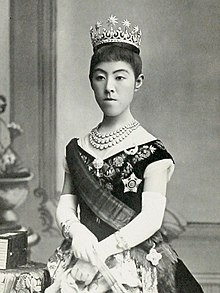
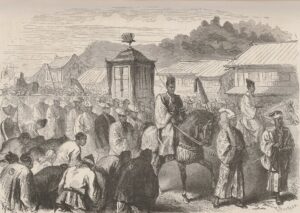
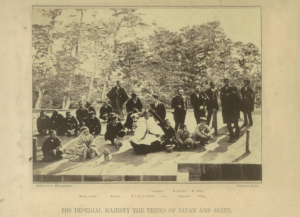
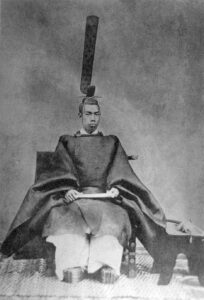
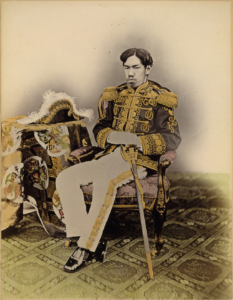
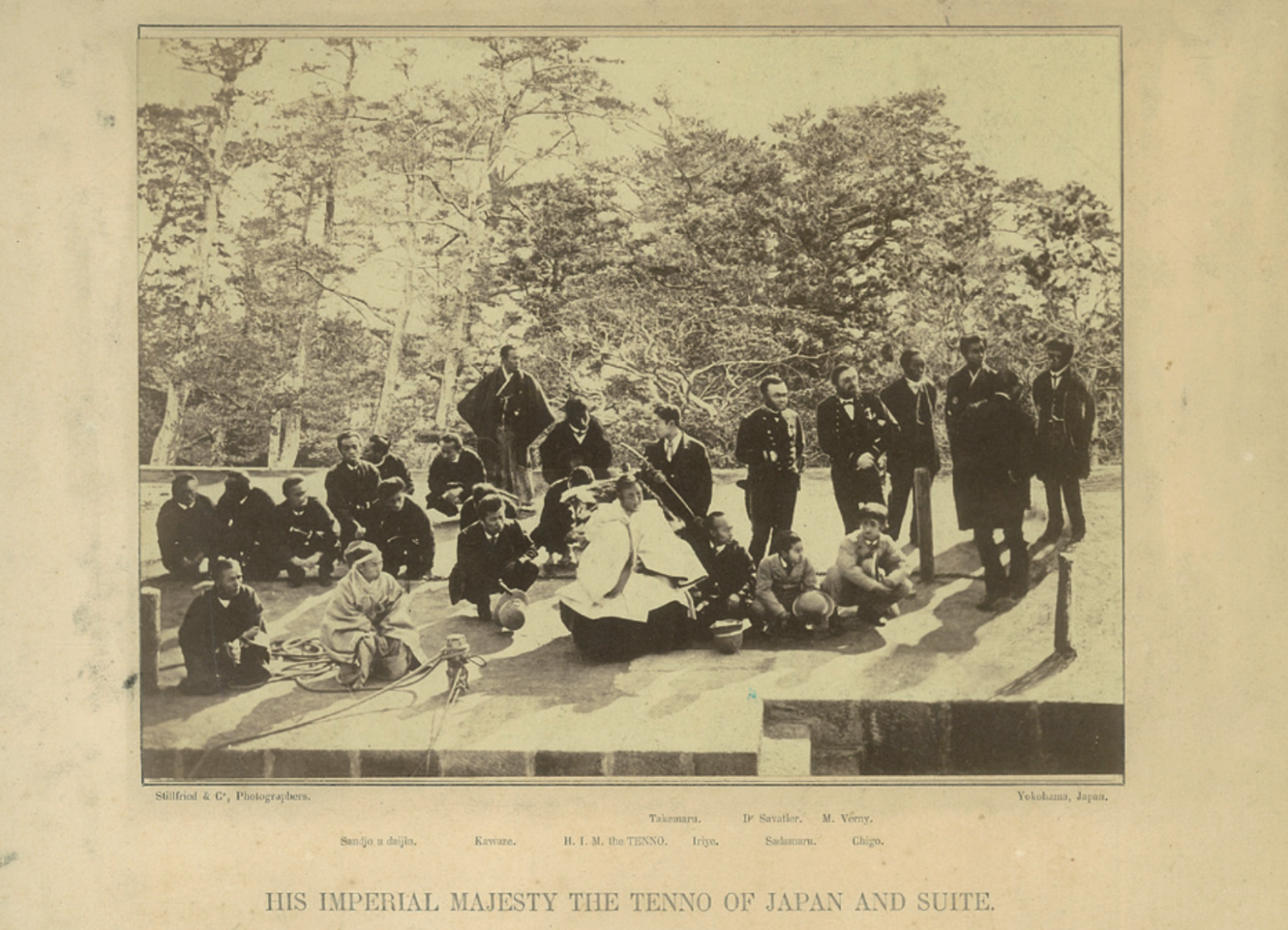
The koto isn’t a seated harp. It’s classified as a zither. And the shou is a free reed mouth organ. In other words, a harmonica.